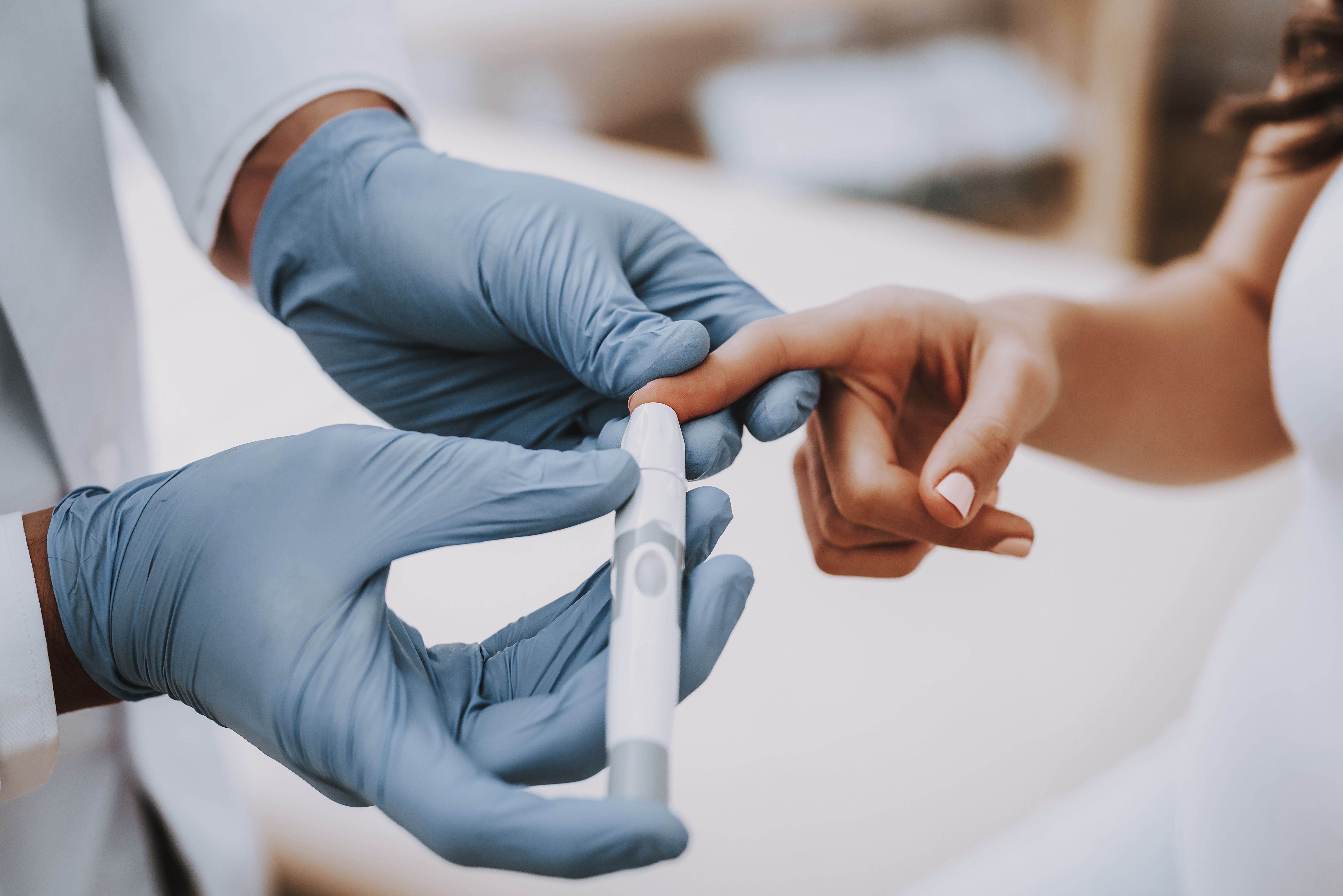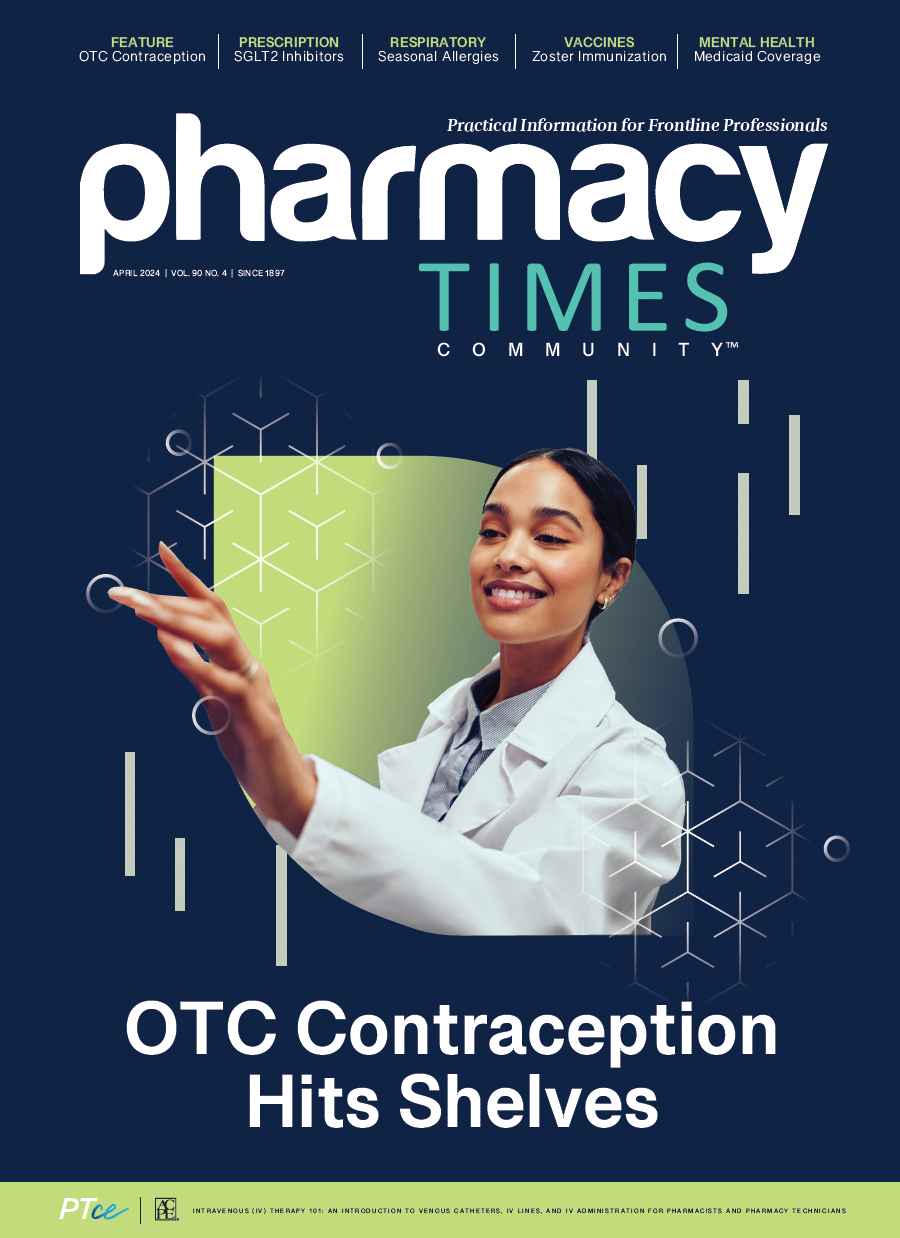Diabetes affects 38.4 million individuals or 11.6% of the United States population.1 The prevalence of diabetes is continuing to increase significantly,1 so pharmacists must have the training necessary to provide quality care for this growing population. Patients with diabetes are often in need of the expertise of the pharmacist as the landscape for diabetes management and treatment continues to change rapidly.
Sodium-glucose cotransporter 2 (SGLT2) inhibitors offer a relatively new treatment option for patients with type 2 diabetes. Understanding how this additional class of medications fits into a continuously growing list of treatment options is crucial for optimal diabetes management.
About the Author
Amanda Rachidi, PharmD, is manager of clinical compliance and regulatory affairs at Rite Aid, where she provides oversight and development of policies, procedures, and regulatory requirements for various federal, state, and third-party agencies to assure that Rite Aid stores and pharmacies have proper programs to operate at required industry standards.
Some of the common SGLT2 inhibitors include bexagliflozin (Brenzavvy; TheracosBio), canagliflozin (Invokana; Janssen Pharmaceuticals), dapagliflozin (Farxiga; AstraZeneca Pharmaceuticals), empagliflozin (Jardiance; Boehringer Ingelheim), and ertugliflozin (Steglatro; Merck Sharp & Dohme LLC). All these drugs work to reduce blood glucose in 3 different ways: by reducing the reabsorption of glucose in the kidneys, by decreasing the renal threshold for glucose, and by promoting urinary glucose excretion.2
It is important for pharmacists to provide clarity on the role of SGLT2 inhibitors in their patient’s treatment plan. SGLT2 inhibitors are often prescribed as an additional treatment to help patients achieve their glycemic target. Most often, SGLT2 inhibitors are added to metformin therapy.3 Combination medications such as empagliflozin/metformin (Synjardy; Boehringer Ingelheim Pharmaceuticals), dapagliflozin/ metformin (Xigduo XR; AstraZeneca Pharmaceuticals), canagliflozin/metformin (Invokamet; Janssen Pharmaceuticals), and ertugliflozin/metformin (Segluromet; Merck Sharp & Dohme LLC) are available to help simplify a patient’s regimen. SGLT2 inhibitors are also used commonly in combination with dipeptidyl peptidase-4 inhibitors, and combination medications such as empagliflozin/linagliptin (Glyxambi; Boehringer Ingelheim Pharmaceuticals) and ertugliflozin/sitagliptin (Steglujan; Merck Sharp & Dohme LLC) are available as well. Familiarity with these combination medications can lead to optimal adherence discussions and treatment recommendations for patients.
SGLT2 inhibitors are often added to a patient’s initial medication regimen if they have hemoglobin A1C levels between 1.5% and 2% above target.3 They are generally chosen over other available options to reduce cardiovascular and renal risk as well as to avoid some adverse effects experienced with other drug classes.3 For instance, hypoglycemia is a negative adverse effect associated with many diabetes medications, but SGLT2 inhibitors do not cause hypoglycemia and promote weight loss.3 The additional benefits (less hypoglycemia, weight loss, and cardiovascular and renal risk reduction) make them a desirable option for health care providers to choose for their patients.
There are some important counseling points that pharmacists should provide to patients starting therapy with an SGLT2 inhibitor. Patients should always be counseled about the increased risk of genital infections, mostly fungal.4 To reduce the risk, emphasize good hand and perineal hygiene.4 Patients should also be advised that SGLT2 inhibitors can cause hypotension.4 Counsel patients to drink plenty of fluids (preferably water) and maintain electrolyte balance to reduce the risk of hypotension.
It is also important to provide counseling regarding signs of diabetic ketoacidosis. Regardless of patients’ blood glucose level, any signs of diabetic ketoacidosis, such as nausea and vomiting, should be urgently addressed.5 Foot care is a part of any diabetic patient’s counseling, but it is particularly important with SGLT2 inhibitors due to the volume depletion, leading to poor circulation, that can occur with SGLT2 inhibitors.
When reviewing a patient’s medication list, there are important interaction considerations with SGLT2 inhibitors. Special attention should be given to loop diuretics such as furosemide (Lasix; Sanofi-Aventis US LLC).5 Diuretics should be discontinued or the dose adjusted as the risk of hypotension can be exacerbated with concomitant use of an SGLT2 inhibitor.5
If the patient is using a sulfonylurea or insulin, the insulin dose should be adjusted and the sulfonylurea discontinued or the dose decreased.5 This helps prevent low blood sugar, which can cause hypoglycemic events. Ensuring that patients’ medications are properly adjusted and that patients are aware of adverse effects will help promote successful outcomes and better adherence.
SGLT2 inhibitors are becoming a more common tool for the treatment of diabetes. It is imperative for pharmacists to understand that no 2 patients are the same regarding achieving treatment goals. Each patient will require a unique understanding of their medications and a conversation tailored to individual goals. Understanding how SGLT2 inhibitors fit into a patient’s medication regimen is the first step in providing impactful counseling that will help patients take control of their overall wellness.
References
1. National diabetes statistics report. CDC. Updated November 29, 2023. Accessed March 8, 2024. https://www.cdc.gov/diabetes/data/statistics-report/index.html
2. Padda IS, Mahtani AU, Parmar M. Sodium-glucose transport protein 2 (SGLT2) inhibitors. In: StatPearls.StatPearls Publishing. https://www.ncbi.nlm.nih.gov/books/NBK576405/
3. ElSayed NA, Aleppo G, Aroda VR, et al. Pharmacologic approaches to glycemic treatment:standards of care in diabetes—2023. Diabetes Care. 2023;46(suppl 1):S140-S157. doi:10.2337/dc23-S009
4. Kalra S, Baruah MP, Sahay R. Medication counselling with sodium glucose transporter 2 inhibitor therapy. Indian J Endocrinol Metab. 2014;18(5):597-599. doi:10.4103/2230-8210.139206
5. Key considerations in use of SGLT2 inhibitors and GLP-1Ras for CV risk reduction in patients with T2D. American College of Cardiology. Updated August 2020. Accessed March 8, 2024. https://www.acc.org/~/media/3637039CEAAD474A95E6A1F3DFC850B3.pdf







